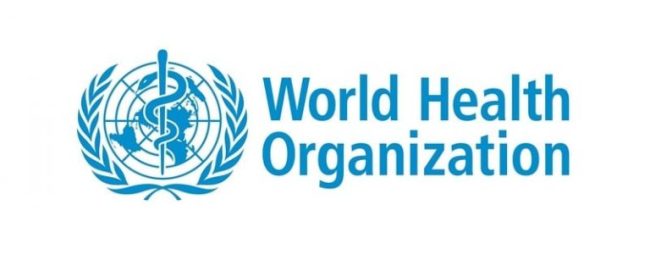ASHENEWS reports that the World Health Organization (WHO) has officially announced the Noma Disease as a Neglected Tropical Disease (NTD).
This decision, the WHO said was recommended by the 17th meeting of the Strategic and Technical Advisory Group for Neglected Tropical Diseases (STAG-NTD),
A statement issued by the WHO during the weekend noted that this move underscores its commitment to expanding health services to the world’s most vulnerable populations.
“Noma, a severe gangrenous disease of the mouth and face, primarily affects malnourished young children (between the ages of 2 and 6 years) in regions of extreme poverty. It starts as an inflammation of the gums, which, if not treated early, spreads quickly to destroy facial tissues and bones. It frequently leads to death, with survivors suffering severe disfigurement.
“Accurate estimation of the number of noma cases is challenging due to the rapid progression of the disease and the associated stigma, which contributes to leaving many cases undiagnosed. Cases of noma are mostly found in sub-Saharan Africa, although cases have also been reported in the Americas and Asia.
“Evidence indicates that noma is caused by bacteria found in the mouth. There are multiple risk factors associated with this disease, including poor oral hygiene, malnutrition, weakened immune systems, infections, and extreme poverty. Noma isn’t contagious but tends to strike when the body’s defenses are down.”
Commenting on the development, the Director General of the WHO, Dr Tedros Adhanom Ghebreyesus said that the disease is a social marker of extreme poverty and malnutrition, affecting the most vulnerable populations.
“By classifying noma as a neglected tropical disease, we are shining a light on a condition that has afflicted marginalized communities for centuries. We are committed to working with affected countries and communities to address the drivers of noma, and alleviate the suffering it causes.”
The WHO added that the recognition of noma as an NTD aims to amplify global awareness, catalyze research, stimulate funding, and boost efforts to control the disease through multisectoral and multi-pronged approaches.


